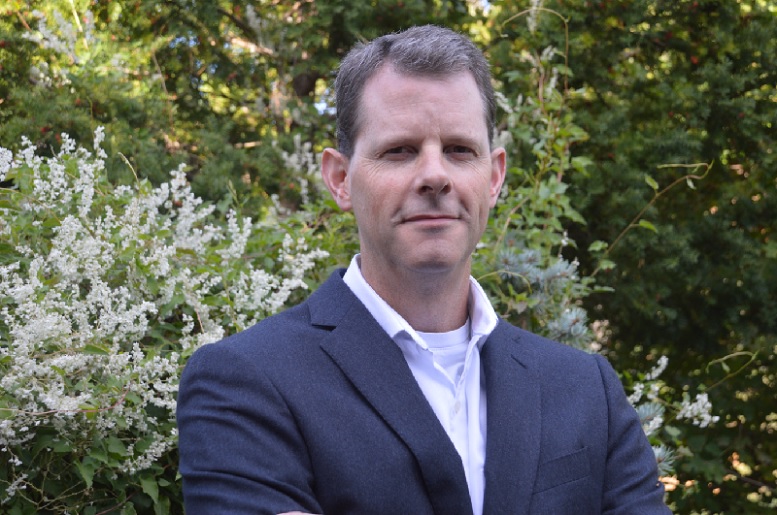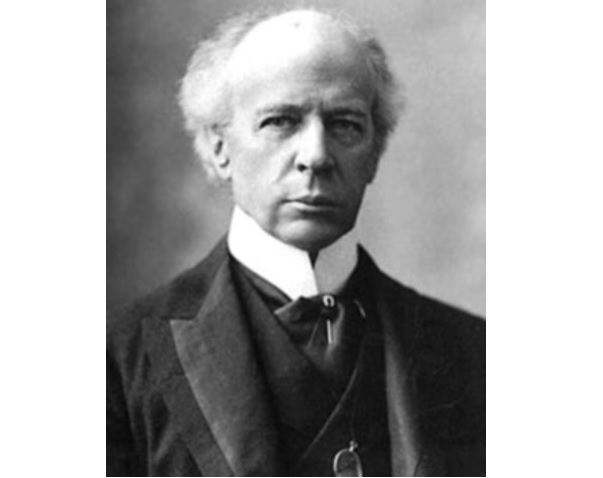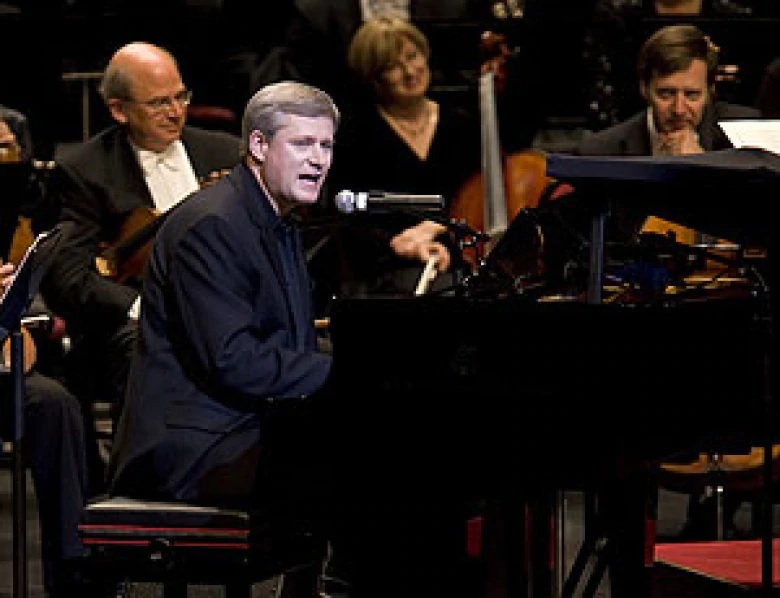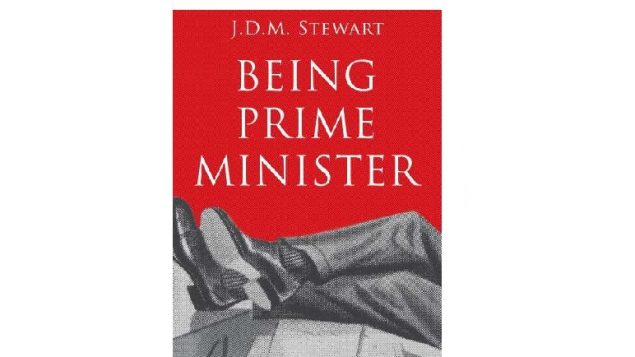Leaders lives behind the scenes.
In public life, our leaders often put on a “public face”, but what are they like when the microphones and cameras aren’t there?
That’s the premise of a new book called On Being Prime Minister published by Dundurn,
J.D.M. Stewart is a high school teacher of Canadian History and author of the book.
ListenIt seems many of our leaders were perceived one way by the public who only saw them through the news reports in their duties, but in many cases were perceived quite differently by those who worked with them or knew them away from the spotlight.

James Stewart, Canadian history teacher and author (supplied)
Some were just all around nice people, others were deemed rather aloof as Prime Minister, but relaxed, friendly and funny, in private.
Some were deemed efficient leaders, others behind the scenes saw them as being less so.
The book, which author Stewart says is carefully non-partisan, also points out that it’s a tough job being leader often putting in 10-12 hour days, travelling great distances, and with everyone making demands on your time.

Sir Wilfrid Laurier, Prime Minister from 1896-1911, was childless but he and his wife loved all children. Friendly and efficient, he is often cited as one of Canada’s best PM’s. and is grouped in the book with other “charmers” Sir John A Macdonald, and Brian Mulroney.
The job has also become much more complex with time. Back in the early days of Canada, Prime Ministers would often receive visitors without appointments, and even answer some personal letters from citizens.
Now the Prime Minister can receive thousands of letters in a week, and hundreds of requests for their time.

Security was not really a problem in early Canada, but is now. Jean Chretien served as Prime Minister from 1993-2003 and liked to b bill himself as a man of the people, “the little guy from Shawinigan (Quebec)”. But security was a problem as people sometimes got too close as he was hit with a pie in 2000, and this protester blocked his path as he tried to move through a crowd of protesters and fans in 1996. Chretien took matters into his own hands when his security detail was slow. In 1995 a more serious threat had come from an armed invader in his home. RCMP had been slow to arrive at that time as well. This particular protester security breach was later played down jokingly as “the Shawinigan handshake” (CP- Global TV-Phil Nolan)
Security was also not a real concern for much of Canada’s history, but in recent years, there have been a number of what might have been close calls. For example, on two occasions protesters got next to Prime Minister Chretien, one armed with a pie. The concern was, what if? What if it was more than a pie, what if the other protester in 1996 had been armed or violent? In another serious case, an intruder armed with a knife was able to enter the Prime Minister’s home at night, taking the police many minutes to show up.

(former) Prime Minister Stephen Harper performs The Beatles song With a Little Help From My Friends on the piano during a surprise appearance at a National Arts Centre Gala in Ottawa. in October 2009. In the book he is as being one of the “loners” and was often viewed by the public as being cold and aloof. But the book shows he had a very human side and may have done better politically if he’d shown more of that to the public. (Sean Kilpatrick/Canadian Press)
In Canada, there has always been a fine line between being accessible to the public, from early Prime Ministers walking to work, to today’s speedy armoured and chauffeured limos. Even still however, Canadian leaders tend toward far less security and more accessibility than perhaps other leaders.
The book also discusses various Prime Minister’s work days and habits, how they coped with the necessities of travel, family life, their pets, and various sports they enjoyed.
So who are our leaders? They have been and are as varied in their characters as most of us, with good qualities and maybe some not so good. There is a measure of egotism and desire to lead mixed with concern for others and Canada, yet sometimes a desire not to get to close with colleagues or the public. However, whether we agree with their policies or not, Stewart says they all have had a desire to do what they think is best for Canada, something the public judges them on during elections.







For reasons beyond our control, and for an undetermined period of time, our comment section is now closed. However, our social networks remain open to your contributions.